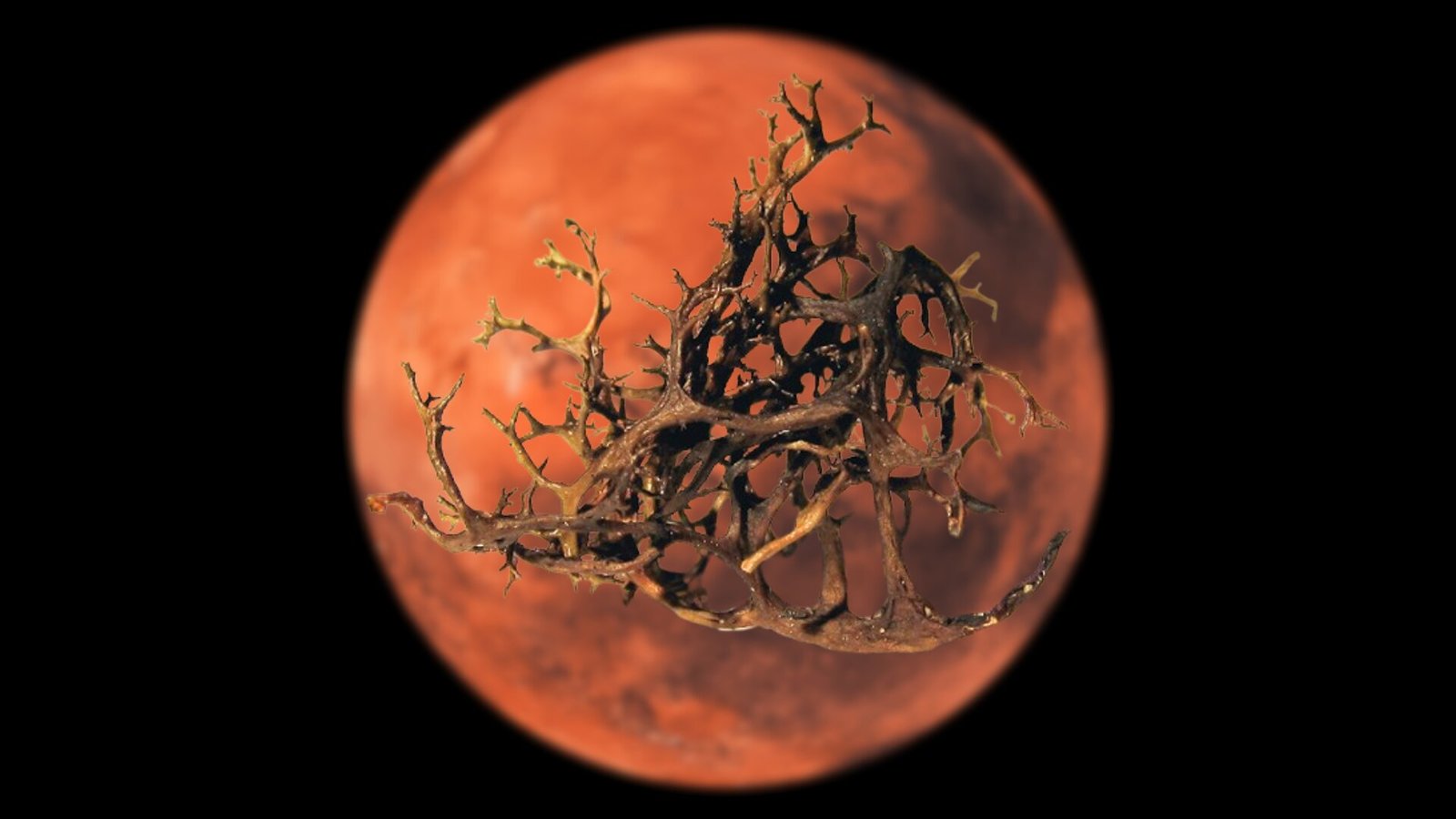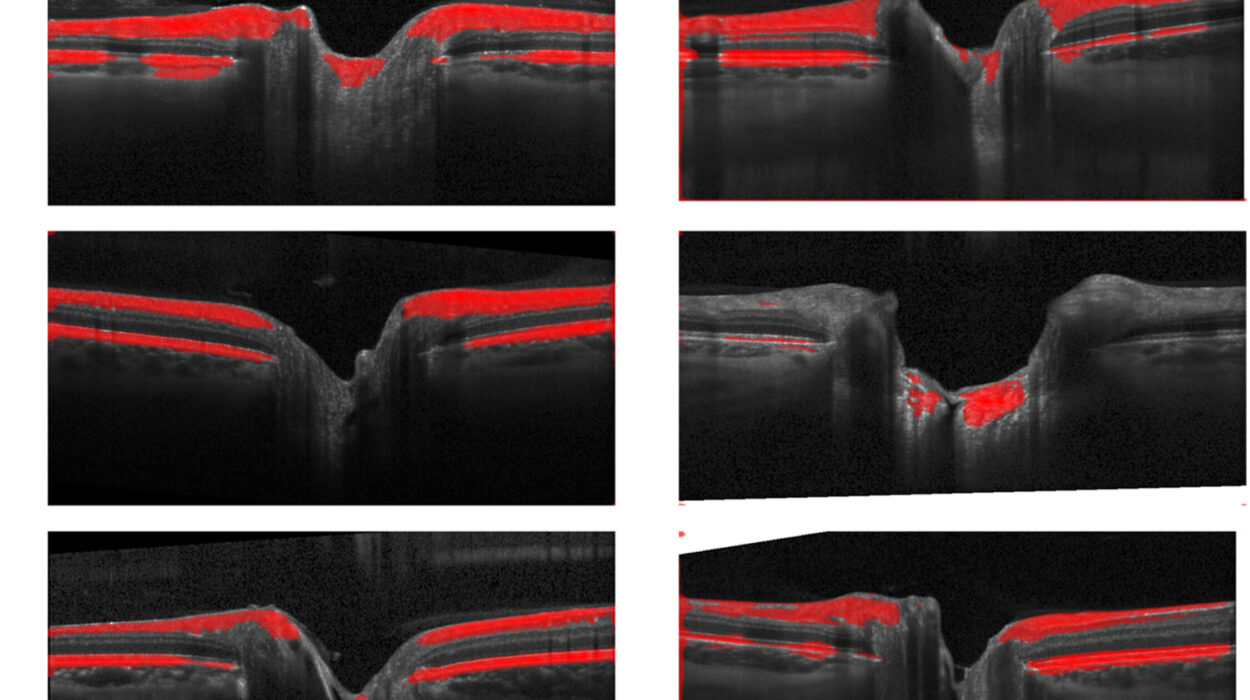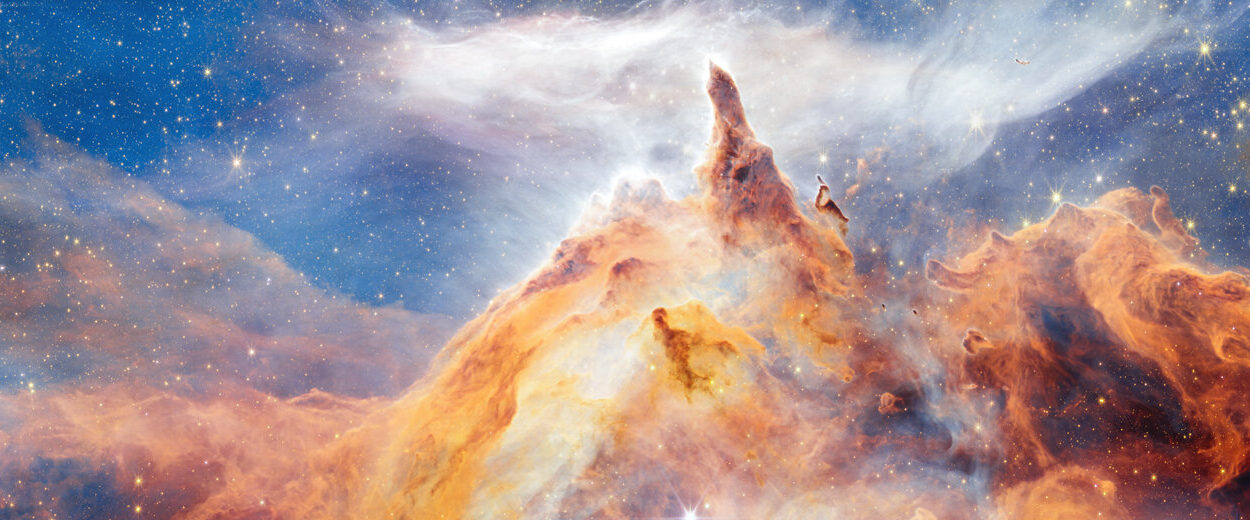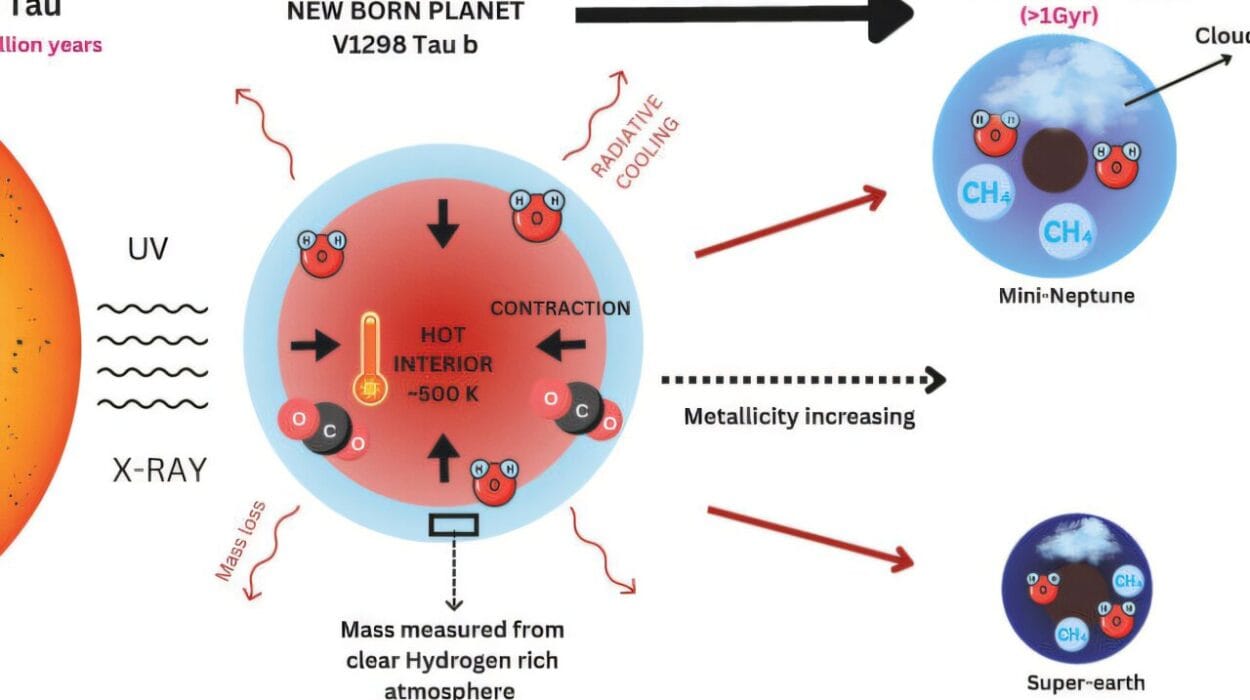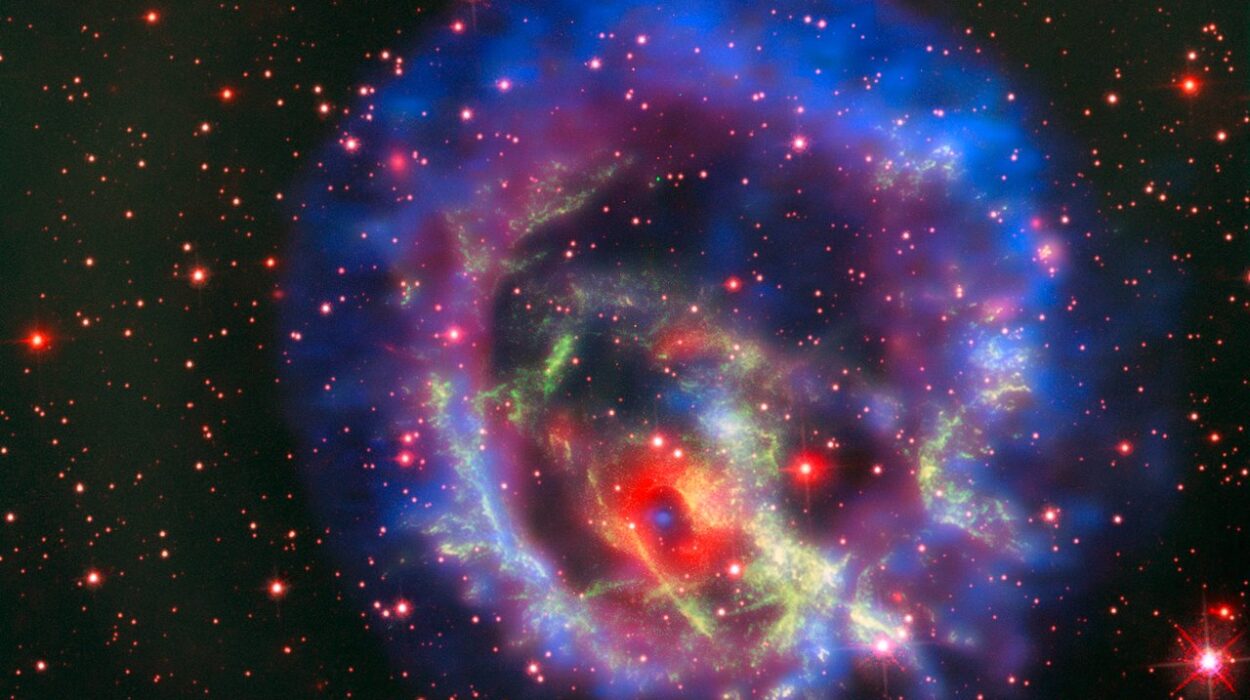For the first time, researchers have made an extraordinary discovery that opens up exciting possibilities for astrobiology and space exploration. In a groundbreaking study published in IMA Fungus, scientists have demonstrated that certain species of lichen can survive Mars-like conditions, including exposure to ionizing radiation, while maintaining a metabolically active state. This unprecedented finding challenges long-held assumptions about the uninhabitable nature of Mars and provides valuable insights into the potential for life to exist on the Red Planet.
Lichens are not a single organism but rather a fascinating symbiotic partnership between a fungus and algae and/or cyanobacteria. These resilient organisms are renowned for their ability to thrive in some of Earth’s most extreme environments, including deserts, polar regions, and high-altitude areas. Their remarkable tolerance to harsh conditions has led scientists to question whether lichens might have a role to play in the colonization of extraterrestrial worlds, particularly Mars.
The focus of this groundbreaking study was to explore how lichens, specifically Diploschistes muscorum and Cetraria aculeata, would fare under Mars-like conditions. The researchers subjected these two species to a simulation of the Martian atmosphere, complete with its unique atmospheric composition, pressure, temperature fluctuations, and high levels of X-ray radiation. The experimental setup replicated the intense solar activity and energetic particles that bombard the Martian surface, providing an authentic representation of the environmental challenges life would face on Mars.
One of the most striking aspects of the research is the finding that the fungal partner in the lichen symbiosis remained metabolically active despite being exposed to the extreme conditions of the simulation. The study revealed that D. muscorum, in particular, was able to maintain its metabolic processes and activate defense mechanisms, even under the stress of ionizing radiation levels that would be expected on Mars during a year of intense solar activity.
The Resilience of Lichens: A Surprising Discovery
The implications of these findings are profound. For years, scientists have considered ionizing radiation to be one of the most significant barriers to the survival of life on Mars. The Martian atmosphere offers little protection from the Sun’s radiation, which is much more intense than on Earth due to the planet’s thin atmosphere and lack of a global magnetic field. Previous research had suggested that no complex organisms could survive on the surface of Mars due to the devastating effects of radiation. However, the new study challenges this assumption, showing that lichens—especially D. muscorum—may be able to withstand and even thrive in these harsh conditions.
The study suggests that the unique symbiotic relationship between the fungus and algae or cyanobacteria in lichens plays a crucial role in their survival. This partnership may provide a level of protection from environmental stressors, such as radiation, that would be fatal to most other organisms. The ability of D. muscorum to continue its metabolic activity and defend itself against radiation damage opens up exciting possibilities for future research into the potential for life to exist on Mars, particularly in microbial and symbiotic forms.
The research also highlights the potential for lichens to contribute to the development of future life-support systems for human space exploration. If lichens can survive Mars-like conditions, they could potentially be used as a model for understanding how life could adapt to extraterrestrial environments. Additionally, their ability to photosynthesize and generate oxygen could make them valuable components in bio-regenerative life-support systems for long-duration space missions.
The Martian Simulation: A Window into the Future
To conduct this study, the researchers subjected Diploschistes muscorum and Cetraria aculeata to a highly controlled simulation of Martian conditions. The simulation chamber was carefully designed to replicate the key aspects of the Martian environment, including the planet’s low atmospheric pressure (roughly 1% of Earth’s), its cold temperatures (averaging -60°C), and the high levels of X-ray radiation that would be encountered on the Martian surface. The lichens were exposed to these conditions for five hours, a duration that allowed the researchers to observe how the organisms responded to the simulated Martian environment.
What the researchers found was truly remarkable. Both lichen species showed a surprising resilience to the harsh conditions, with D. muscorum proving particularly robust. This species was able to carry out essential metabolic processes, such as respiration and nutrient processing, while activating protective mechanisms in response to the intense radiation. These findings suggest that the fungal partner in the lichen symbiosis plays a key role in protecting the algae or cyanobacteria from environmental stressors. In turn, the algae or cyanobacteria may help the fungus survive by providing essential nutrients through photosynthesis.

The study’s lead author, Kaja Skubała, emphasized the significance of the findings. “Our study is the first to demonstrate that the metabolism of the fungal partner in lichen symbiosis remained active while being in an environment resembling the surface of Mars. We found that Diploschistes muscorum was able to carry out metabolic processes and activate defense mechanisms effectively,” she explained. “These findings expand our understanding of biological processes under simulated Martian conditions and reveal how hydrated organisms respond to ionizing radiation—one of the most critical challenges for survival and habitability on Mars.”
Implications for Astrobiology and Space Exploration
This study opens up new possibilities for the field of astrobiology—the search for life beyond Earth. It suggests that life, in some form, could potentially survive on Mars, even in the face of extreme environmental conditions. The ability of D. muscorum to withstand Martian radiation provides compelling evidence that certain microorganisms, particularly those capable of forming symbiotic relationships, might be able to thrive on other planets or moons in our solar system.
The findings also challenge the idea that Mars is a completely inhospitable world for life. While the planet’s surface conditions are far from ideal for human habitation, this research suggests that certain microbial life forms, including lichens, could survive on Mars, perhaps in sheltered environments like caves or beneath the surface, where radiation exposure would be lower.
Moreover, these results have significant implications for the future of human space exploration. If lichens are capable of surviving in Martian conditions, they could play a vital role in future efforts to colonize Mars. Their ability to generate oxygen, tolerate extreme temperatures, and protect against radiation could make them invaluable to long-term missions on the Red Planet. The study suggests that lichens could potentially be incorporated into closed-loop life-support systems, helping astronauts produce oxygen, recycle nutrients, and maintain a sustainable habitat in space.
Future Research Directions
Despite the promising findings of this study, there is still much to learn about the potential of lichens to survive and thrive in extraterrestrial environments. The researchers recommend that future studies explore the long-term effects of chronic radiation exposure on lichens, as well as their ability to survive in real Martian conditions, such as those found in the polar regions or underground.
Further experiments could involve exposing lichens to more prolonged periods of radiation, as well as testing their ability to survive in conditions that more closely mimic the seasonal and diurnal variations on Mars. Additionally, researchers could investigate how other extremophiles—organisms that thrive in extreme environments—might also be able to survive on Mars and contribute to our understanding of life beyond Earth.
Conclusion
The discovery that lichens, particularly Diploschistes muscorum, can survive Mars-like conditions, including exposure to ionizing radiation, represents a major leap forward in our understanding of astrobiology and the potential for life beyond Earth. This study not only challenges previous assumptions about the habitability of Mars but also paves the way for future research into the possibilities of extraterrestrial life. As scientists continue to investigate how life might adapt to harsh environments, the study of resilient organisms like lichens offers hope that life, in some form, could exist on other worlds. The findings also hold promise for future space missions, where lichens may play a role in sustaining human life on distant planets and moons.
Reference: Kaja Skubała et al, Ionizing radiation resilience: how metabolically active lichens endure exposure to the simulated Mars atmosphere, IMA Fungus (2025). DOI: 10.3897/imafungus.16.145477
